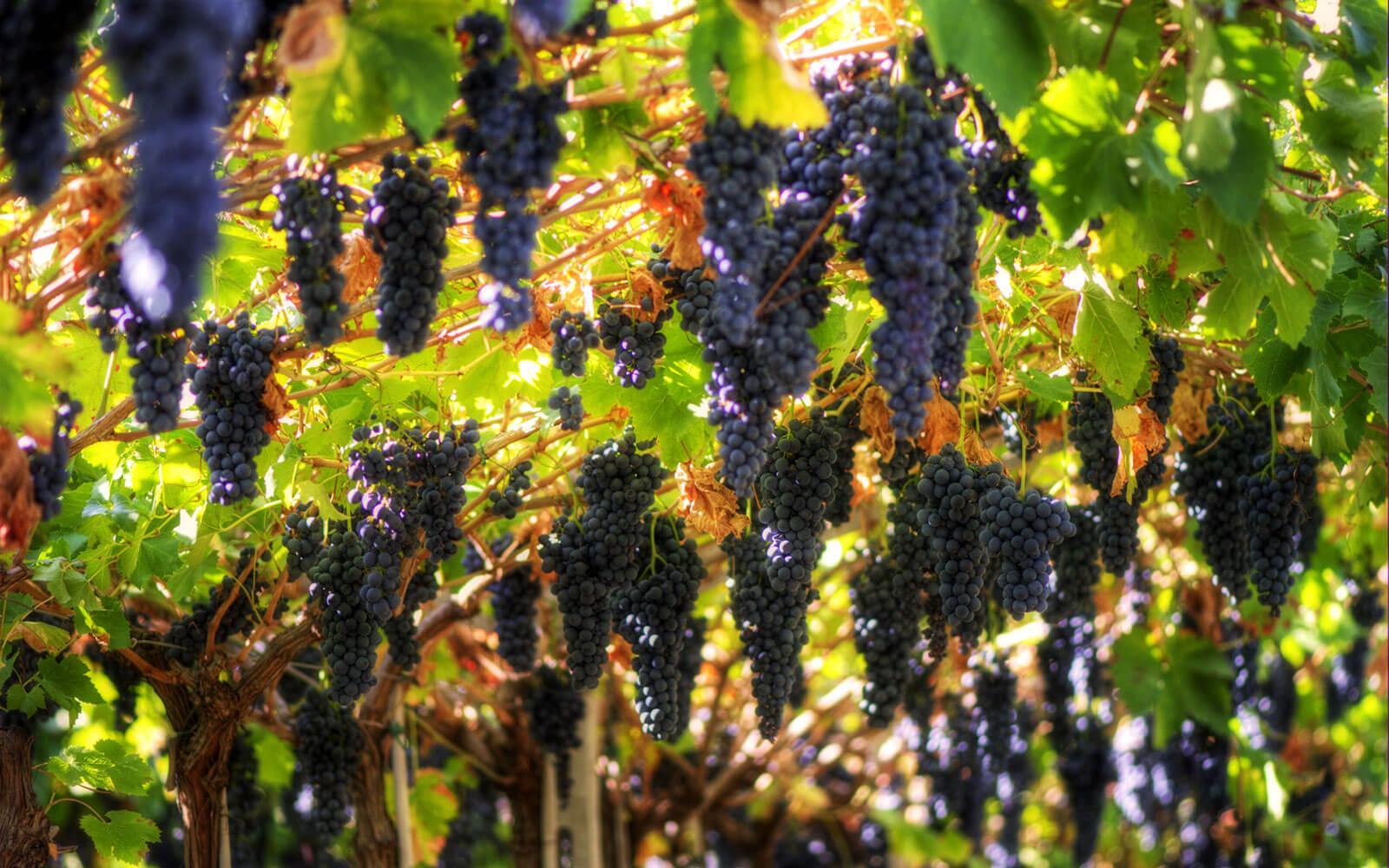For us, a great culinary experience involves a fine glass of wine or two (or three). And while expanding your palate is a worthwhile endeavour in its own right, it’s made all the more rewarding when you have a sense of the history behind the bottle. In our Vines 101 series, we pull back the curtain on some of our favourite wine regions and explore their oenological offerings.
Veneto Wine:
Proliferation Trumps Tradition
With an official limit of 105 hectolitres per hectare (hl/ha), the Veneto ranks as Italy’s most productive wine region. With an emphasis on quantity, wine growers must remain ever mindful of quality—an especially important consideration in Veneto, which has developed a reputation for experimenting with more modern means of production, sometimes at the expense of tradition. We’ll focus on the two categories that have arguably become Veneto’s most famous: the Soave and the Valpolicella.
Soave

The Veneto owes its status as Italy’s most productive wine region in no small part to Soave, its most productive area.
The three most important grapes in the region are Chardonnay, Pinot Blanc and Garganega, a local form of trebbiano grape, which is by far the region’s most important. Accounting for at least 70 per cent of Veneto’s wine, it conveys the wine’s mouth-filling texture and makes its name so fitting: Soave.
Better producers usually stick to a single vineyard, and some experiment with oak aging. The traditional taste should convey a combination of almonds and lemon. A small gem is certainly the historic, sweet DOCG Recioto di Soave, a wine produced with dried Soave grapes that one might call a Soave Amarone.
Unfortunately, 80 percent of Soave growers sell their production to the local COOP, a cooperative that blends all the grapes they receive without any control of the area or the quality. In recent years, authorities made an attempt to distinguish between the real Soave and the “garden” Soave, creating two superior denominations: Soave Classico DOC and Soave Superior DOCG. As its name suggests, the Classico hails from the historic production area of Soave (on the eastern end of the Lessini hills, northeast of the town of Soave) with a maximum yield of 95 hl/ha. Grapes for the Superior, on the other hand, grow on wires (instead of pergolas) and less fertile ground, with a limit of 70 hl/ha.


